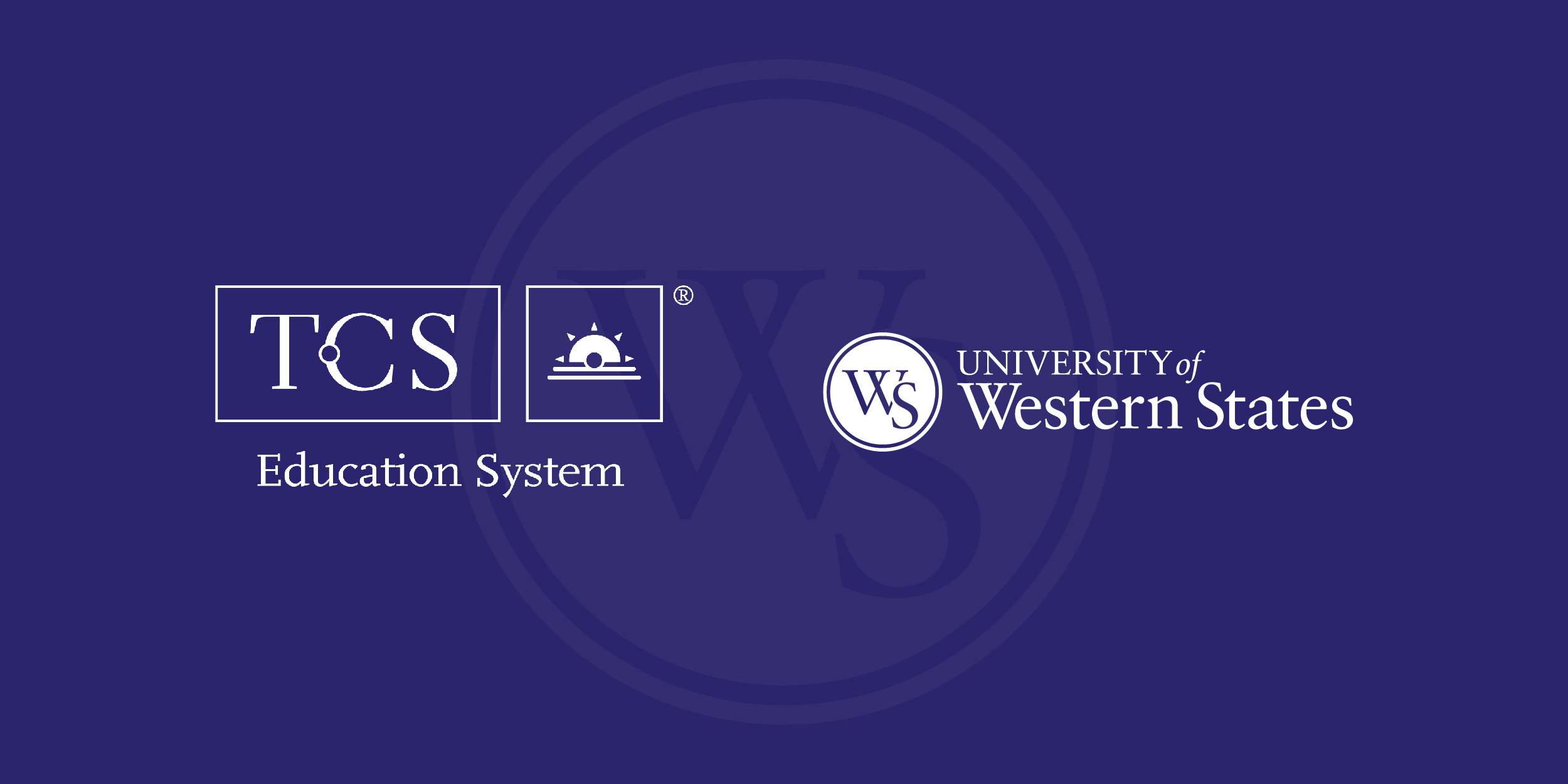Category: System News
-

Career Paths at The Community Solution
The diverse experiences and expertise of the professionals within The Community Solution Education System are foundational to our success. We are a community of professionals with diverse areas of expertise, each bringing unique perspectives and skills to the table. Together, we are shaping a brighter educational future, one that empowers students to make a positive…
-

TCS Education System Reveals Updated Name and Brand
The Community Solution recently launched a new brand identity, marking a new era for the organization as it enters its 14th year. Transitioning from TCS Education System to The Community Solution Education System, the System adopted an updated logo and color palette. The new brand and visual identity hold symbolic meaning for the System, embodying…
-

The Future of Education: Embracing AI for Student Success
By: Dr. Michael Horowitz This article originally appeared on Forbes.com. Our world is in the early stages of a potentially transformational technological revolution. Artificial Intelligence (AI), fueled by vast generative language models like ChatGPT, is predicted to upend virtually every corner of society. From business to government to consumer behavior, AI will have profound effects…
-

University of Western States Becomes Sixth Institution to Join The Community Solution Education System
The Nonprofit System uses a Collaborative Model that is Distinct in Higher Education CHICAGO and PORTLAND, April 3, 2023 – The Community Solution Education System, a national nonprofit system of colleges and universities, announced today that Portland, Oregon-based University of Western States (UWS) has become the newest institution to join its System. This partnership marks…
-
Marketing department is recognized at the 2021 Viddy Videography Awards
TCS Education System’s Marketing department strives to produce dynamic video content, working in collaboration with TCS’ college and university communities to vividly tell the stories that set TCS apart. This year, those efforts were rewarded in the 2021 Viddy Videography Awards, which honor creative excellence in the rapidly evolving digital world of moving pictures.…
-

TCS Education System Partners with NGO to Develop Global Student Agents of Change, Empower Women and Children in Ghana
CHICAGO, July 22, 2021 — TCS Education System, a nonprofit system of colleges advancing student success and community impact, has formalized a legacy relationship with DUNK (Developing Unity, Nurturing Knowledge) to support the development of women and children in the most deprived communities in Accra, Ghana. The Memorandum of Understanding, signed in late May, will…
-

TCS leaders are trailblazers in their fields
TCS Education System is a premier force in higher education, led by experts in every department. It is no surprise that the industries they work in take notice. Sean Nufer, Psy.D., the TCS director of teaching and learning, was honored as one of three of Instructure’s Canvas Educator of the Year Awards and the Online…
-

Marketing department wins prestigious content and design awards
TCS was founded to provide a community of small, nonprofit colleges the support necessary to compete with larger, well-endowed universities so that students succeed. A key component of this is the devotion to best-in-class resources and leaders across a variety of fields, like our marketing department. Recently, the TCS marketing department won awards from three…
-

The Higher Education Model of the Future on ED Up Podcast
Did you know that 60% of our leadership team is made up of women or people of color? Dr. Horowitz explains how he makes this a priority at TCS in an interview on the ED Up Experience podcast. Listen to the full interview here:
-

Tips from experienced remote employees
While most of us are new to working from home, some employees have been doing it for years—and with great results. You may not know, but the entire Instructional Design team at TCS Education System has worked remotely since its inception—in addition to many others across the system. The switch to working with a completely…